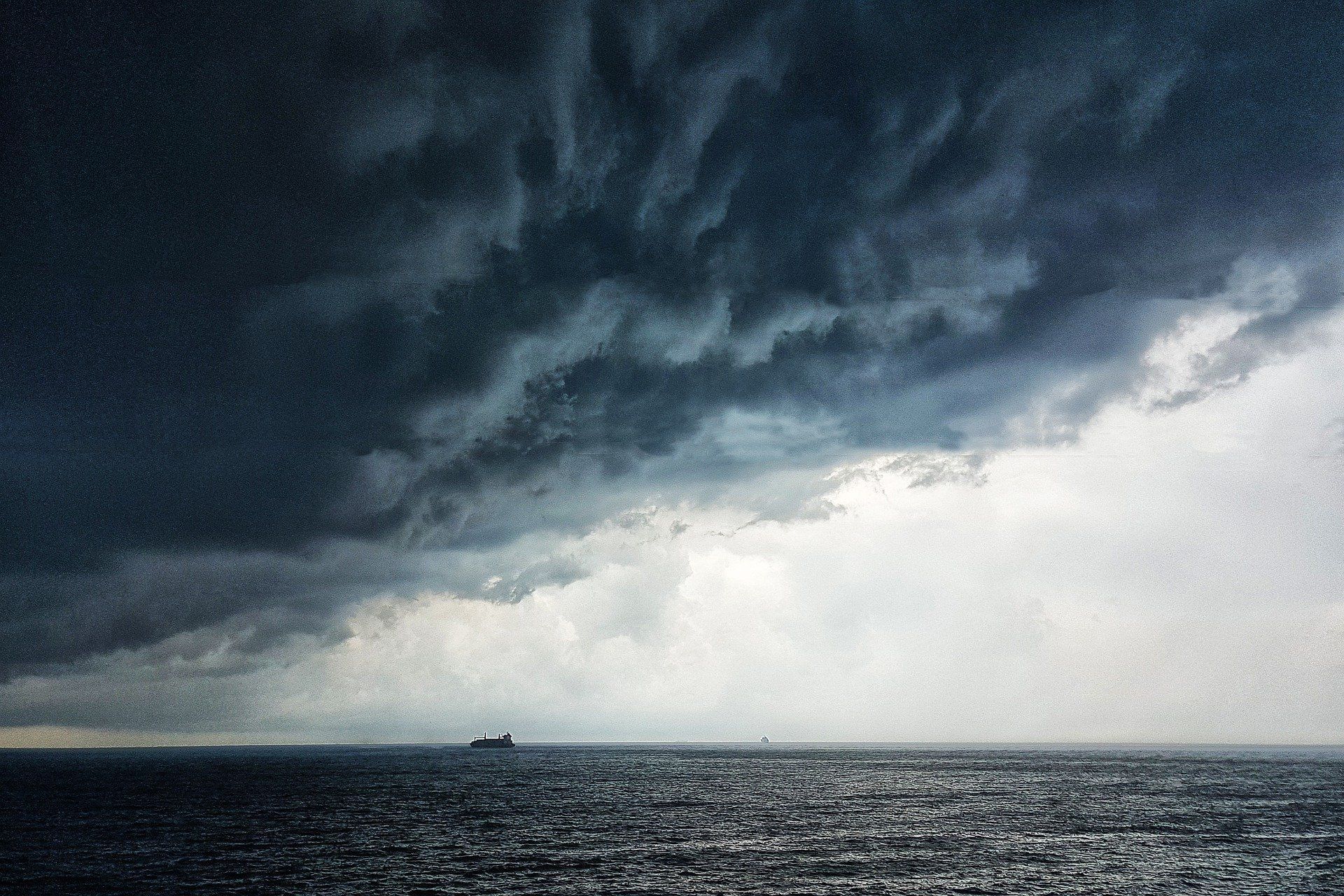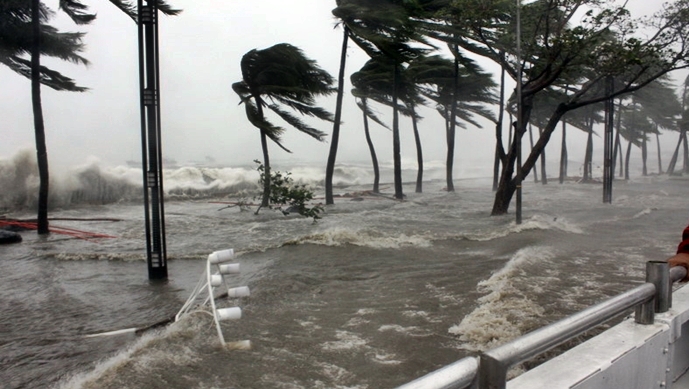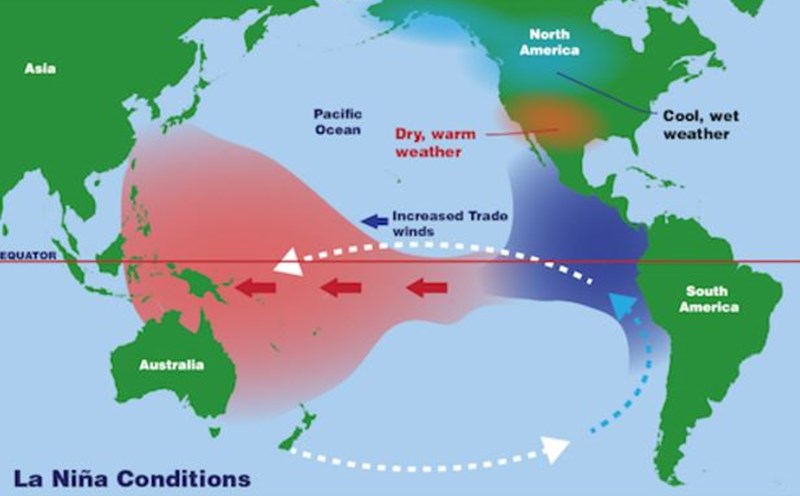Table of Contents
- PAGASA: La Niña Expected 2nd Half Of 2016 | NewsFeed
- La Nina chưa xuất hiện, dự báo mùa đông thêm khó lường
- Indonesia Menghadapi La Nina hingga April 2025 | Infogarut.id
- La Nina unlikely to emerge before October 1st week, says Australia’s ...
- Peringatan La Nina, Bersiap Segera untuk Melakukan Langkah Pencegahan
- La Nina could bring more floods to Australia's east coast | The ...
- Penjelasan mengenai La Nina
- La Niña may cause a decrease in temperature in numerous regions.
- La Nina Jakarta - Gejolak La Nina
- La Nina kışı nedir, özellikleri nelerdir? La Nina soğukları ne zaman ...

The National Oceanic and Atmospheric Administration (NOAA) plays a crucial role in monitoring and predicting climate phenomena that affect the world's weather patterns. Two of the most significant climate events that NOAA tracks are El Niño and La Niña, which have a profound impact on global climate conditions. In this article, we will delve into the world of El Niño and La Niña, exploring what they are, their effects on the environment, and how NOAA helps us understand and prepare for these events.


What are El Niño and La Niña?

El Niño and La Niña are complex weather patterns that occur when there are fluctuations in the surface temperature of the Pacific Ocean. El Niño, which means "The Boy" in Spanish, is characterized by warmer-than-average sea surface temperatures in the eastern Pacific, near the equator. On the other hand, La Niña, which means "The Girl" in Spanish, is marked by cooler-than-average sea surface temperatures in the same region. These temperature fluctuations can have significant effects on the climate, leading to extreme weather events such as droughts, floods, and heatwaves.


Effects of El Niño and La Niña

The effects of El Niño and La Niña are far-reaching and can be devastating. During an El Niño event, the warmer ocean waters can lead to:

- Heavy rainfall and flooding in the southern United States, Latin America, and Southeast Asia
- Drought in Australia, Indonesia, and the Philippines
- Increased risk of wildfires in the western United States
- Warmer temperatures and heatwaves in the northern hemisphere

On the other hand, La Niña events can lead to:
- Drought in the southern United States, Mexico, and Central America
- Heavy rainfall and flooding in Australia, Indonesia, and the Philippines
- Cooler temperatures and increased risk of hurricanes in the Atlantic
- Increased risk of wildfires in Australia and Southeast Asia
.jpg)
NOAA's Role in Monitoring El Niño and La Niña
The National Oceanic and Atmospheric Administration (NOAA) plays a vital role in monitoring and predicting El Niño and La Niña events. NOAA's Climate Prediction Center (CPC) uses a combination of satellite data, ocean buoys, and computer models to track the development of these events. By providing accurate and timely forecasts, NOAA helps governments, businesses, and individuals prepare for the potential impacts of El Niño and La Niña.
NOAA's monitoring efforts include:
- Sea surface temperature monitoring using satellite data and ocean buoys
- Atmospheric monitoring using weather stations and radar
- Computer modeling to predict the development and impact of El Niño and La Niña events
- Issuing regular forecasts and updates to the public and decision-makers
El Niño and La Niña are complex climate phenomena that have significant impacts on the environment and human societies. The National Oceanic and Atmospheric Administration (NOAA) plays a critical role in monitoring and predicting these events, providing vital information to help us prepare for and respond to their effects. By understanding El Niño and La Niña, we can better mitigate the risks associated with these events and build more resilient communities. Stay informed about the latest developments and forecasts from NOAA to stay ahead of the weather.
For more information, visit the NOAA website or follow their social media channels to stay up-to-date on the latest news and updates on El Niño and La Niña.
